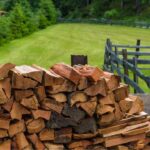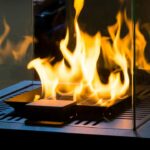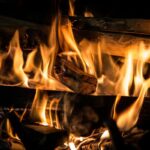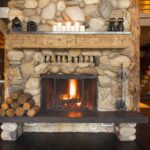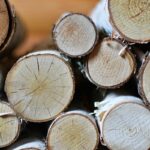If you have ever seen a fire in action, then you know how much damage it can cause. From small cooking fires to a large house fire, fire is an element to be treated with caution.
This is especially true when it comes to your fire place. A stove may not only pose a fire risk to you and your family, but it can also release gases, if not checked regularly.
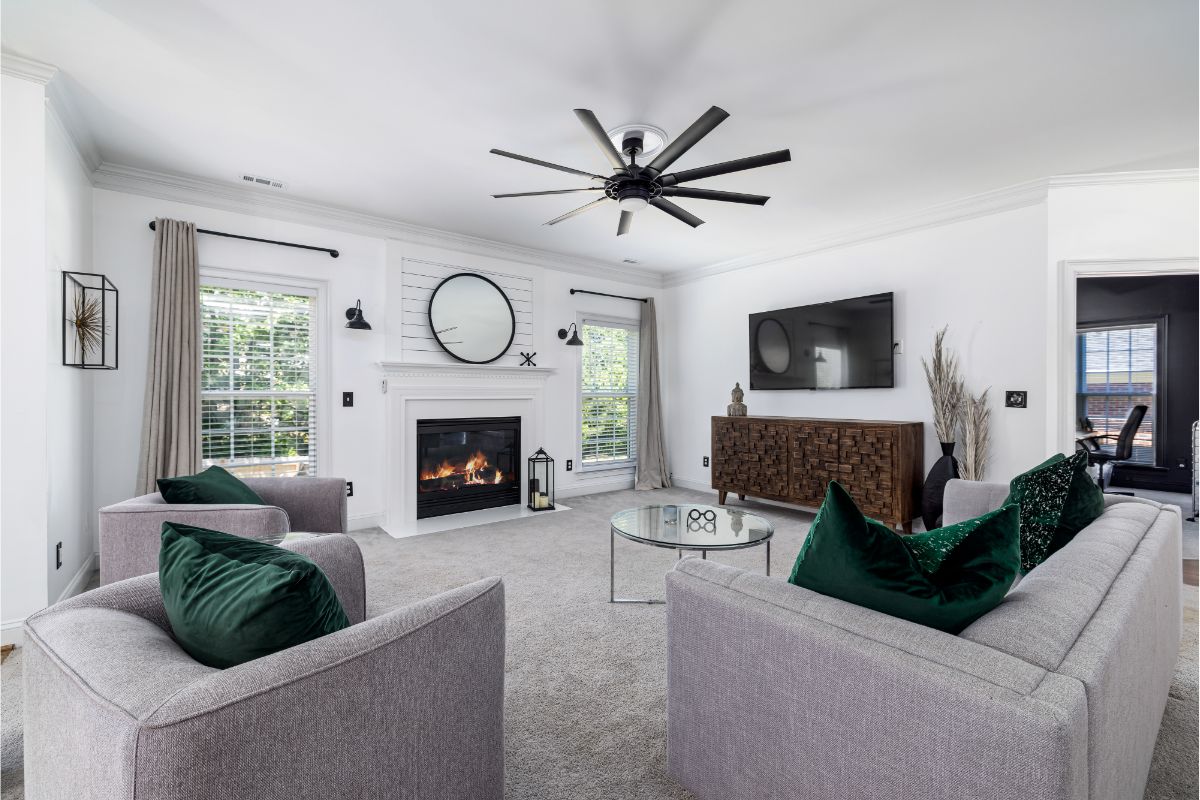
These toxic gases can lead to serious health problems, and they can also cause explosions.
But what fireplace is the safest for your family? And how do you ensure that your home is as fire safe as possible?
What Type Of Fireplace Is Safest?
General Saefty Tips
- Install a smoke alarm in the same room as the fireplace
- Also install a carbon monoxide detector – or a combined smoke/carbon monoxide detector
- Keep combustible materials away from the fireplace
- Make sure the hearth is kept clear of clutter
- Never leave children unattended near a fire
- Consider using glass or a fire screen to protect from flying sparks
- Ensure that furniture is kept away from the fireplace
Electric
Typically, electric fireplaces are considered the safest type of fireplace. They provide heat efficiently, and also require little maintenance.
However, some safety requirements are considered essential irrespective of the fuel source used in your fireplace.
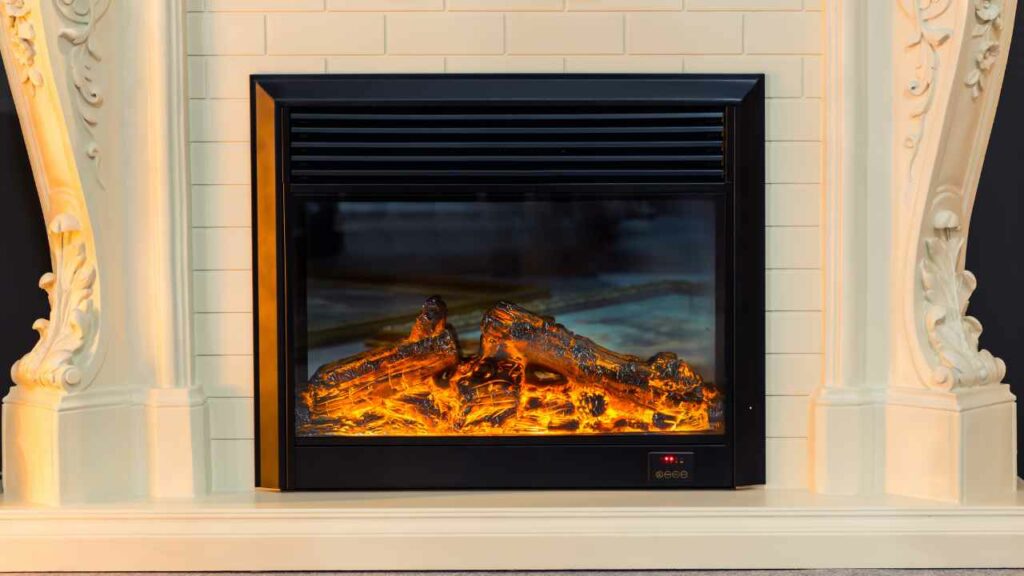
Wood
Some fire experts also consider well maintained wood burning stoves are a very safe way to heat your home.
If you regularly maintain your wood burning fireplace and use a barrier screen to prevent and embers from escaping, then this is a safe option.
However, there are many things to consider when using a wood burning fireplace.
- Inspect and clean the chimney annually
- It’s important to use a fire screen to prevent sparks and embers flying into the room
- Make sure the flue is open when in use
- Only burn dry and seasoned wood
- Never leave a fire unattended
- Dispose of ash regularly
- Never use gasoline, kerosene, or any other combustible liquid to start a fire
- Keep a fire extinguisher to hand
- Make sure that any spare firewood is stored away from the fireplace
- Don’t burn trash, or materials like plastics or foam in the fireplace
- Avoid burning too much wood, this will reduce the smoke
- Install a spark arrestor on the top of the chimney
- Ensure the fireplace is completely extinguished before leaving the home
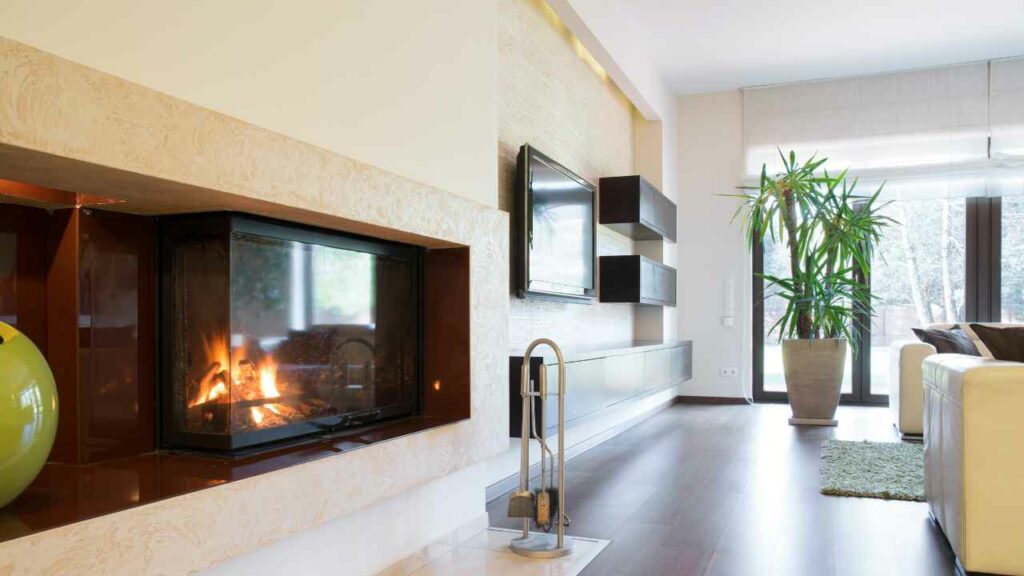
Gas
In comparison, gas fireplaces are not always classed as safe, due to the risk of carbon monoxide leakage. Always make sure that a gas fireplace is properly vented.
Gas fireplaces often come with a lot of additional safety features, which improve fire safety.
It’s important to install your fireplace properly as many fire risks are often caused by fault installation.
To ensure these faults don’t develop, make sure your gas fireplaces is regularly inspected and serviced by a qualified gas engineer.
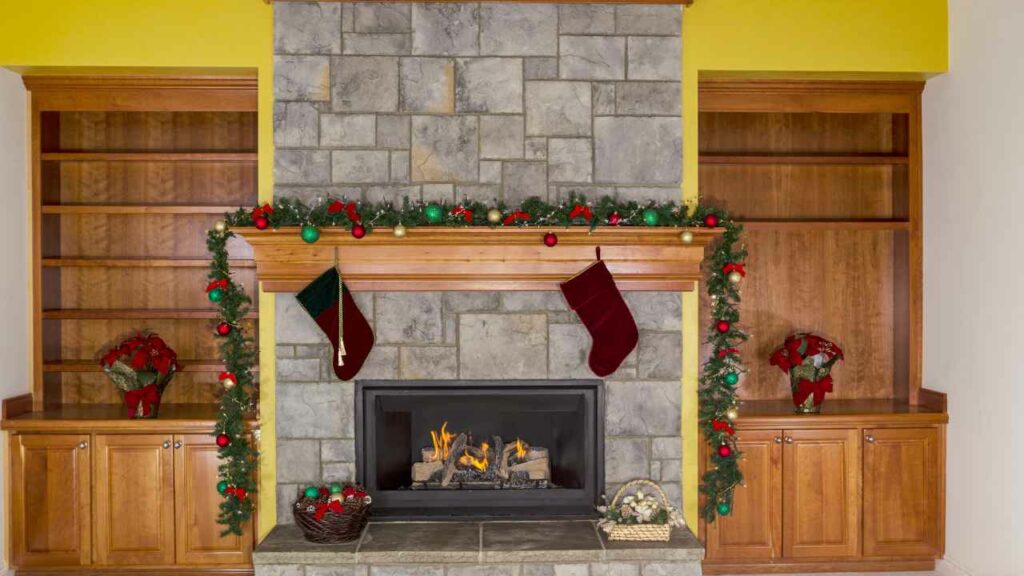
Bio Ethanol
These are considered safe as they burn clean and do not produce harmful gases.
They don’t require venting, most are standalone so there is no need of electrical wiring either.
Care must be taken when fueling a bio ethanol fireplace, other than that they are a safe fireplace.
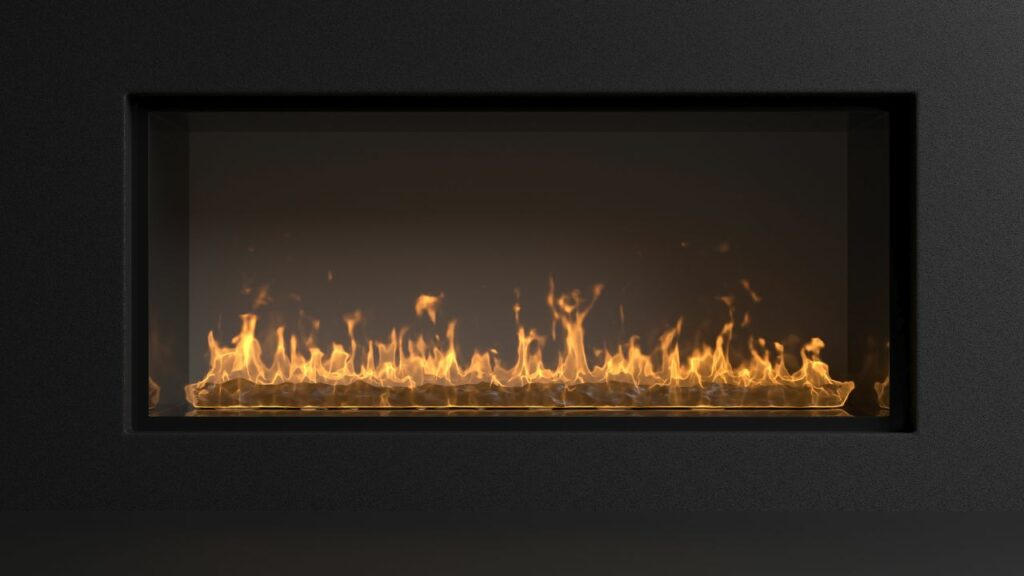
Quick Wins To Improve The Fire Safety Of Your Home
It isn’t always blazing fires that can cause serious home to people and property, but often it is toxic fumes that lead to health issues, and even death.
That’s why, improving the fire safety of your home is imperative to keep you and your family safe.
Fit A Smoke Alarm
This should be the first thing you should check when moving into a new home. Check that all bedrooms, kitchen and halls have a smoke detector fitted.
Most countries have very strict rules on fire safety, including the fitting of smoke alarms. This often counts for rented properties, as well as sold real estate.

Store Matches Safely
You should store all your matches, firelighters and even electrical equipment safely in plastic boxes.
This keeps them away from small children.
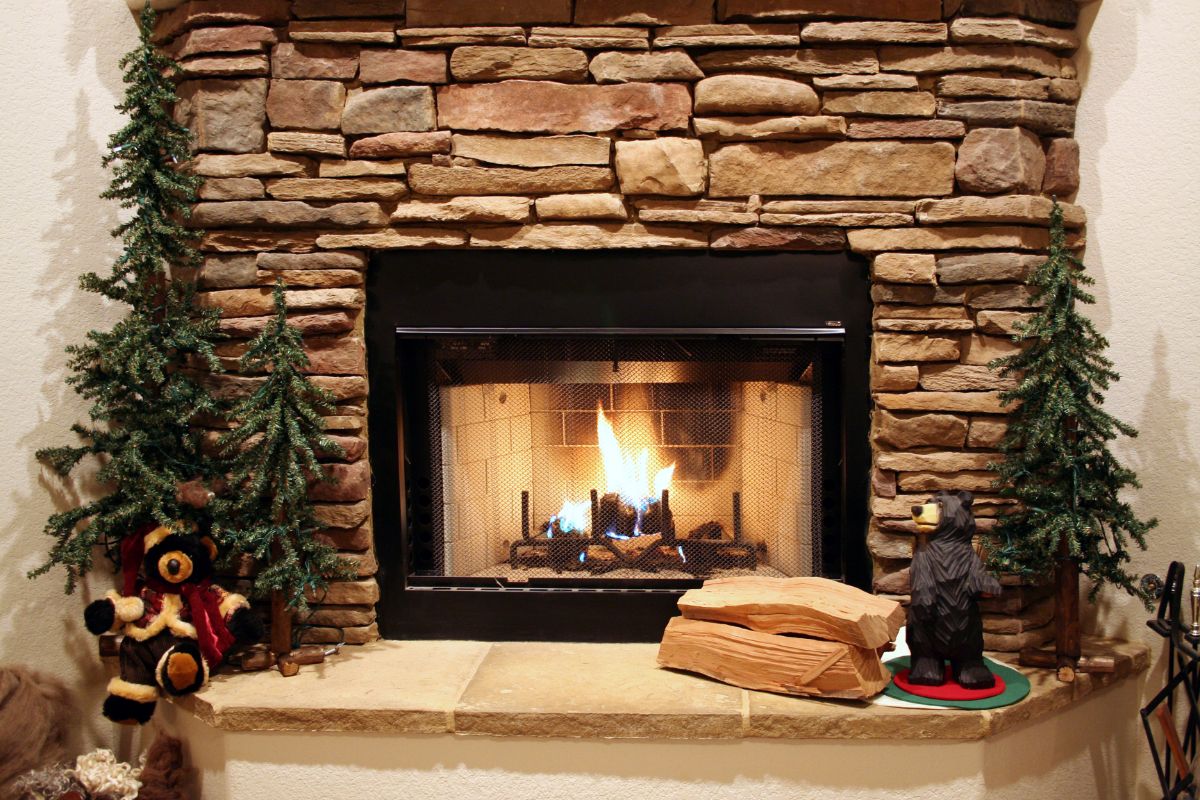
You can also run test drills with your family. This may even be great fun for the kids!
If you are renting, then there may already be fire procedures in place. Find out where your escape route is, and where the communal fire fighting equipment is stored.
Regularly Clean The Chimney
If your home has a chimney with an open fire, then it is essential that a professional chimney sweep cleans the chimney at least once a year.
Chimneys are not just used for open fireplaces, but also for gas fires, so no matter what type of fireplace you are using, you should have your chimney swept.
Fit Carbon Monoxide Detectors
Similar to smoke alarms, carbon monoxide detectors are a must-have in your home. They should be installed in every room with a heat appliance.
Contrary to popular belief, carbon monoxide is not just released by gas fireplaces (see also ‘Who Repairs Gas Fireplaces?‘) or boilers, but also other open fires.
That’s why, make sure that you have a functioning carbon monoxide alarm installed, and regularly check they are working properly.
You can even buy a smoke detector and a carbon monoxide detector, all-in-one. Perfect!

Buy Fire Safety Equipment
As a rule of thumb, there are two pieces of fire safety equipment that you should always have nearby: a fire extinguisher and a fire safety blanket.
Make sure that you and all adults in your household know exactly how to use them. In case of a fire, it is important that you react quickly and do not hesitate.
Assign A Fire Room
When a fire spreads and your exit is blocked, then you may not get out so quickly. Designate a room in your home as a fire room.
This room should be visible from the outside so the fire brigade may get access, and it should also have a working telephone.
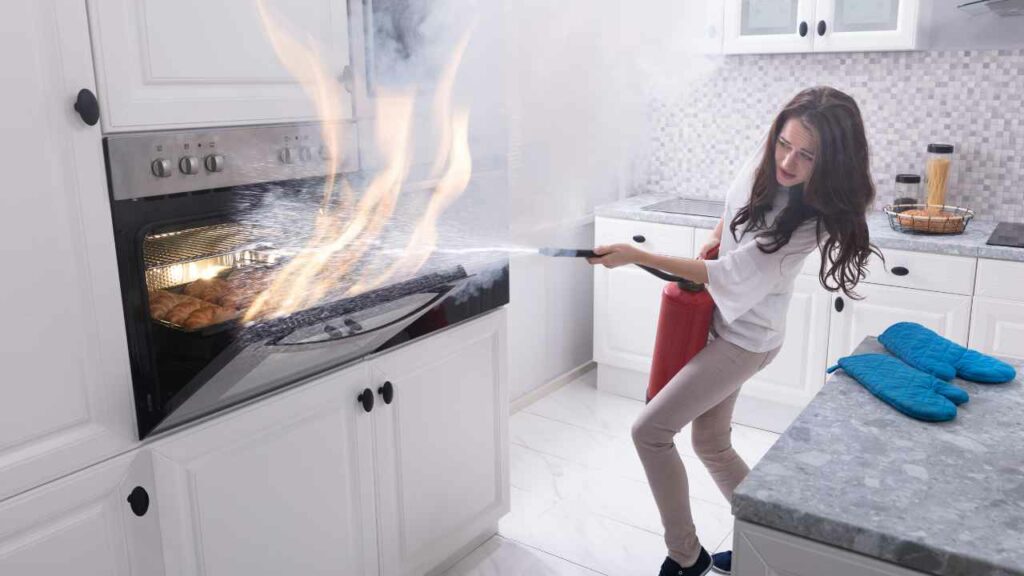
Get A Fire Check For Your Home
Many fire stations or fire departments across the country offer different checks for homes and businesses.
With a fire check, a fireman will be able to give you further advice on how to improve fire safety in your home.
Conclusion
Stoves and fireplaces are an attractive addition to almost every home. They create a snug atmosphere while keeping your home warm.
However, you will need to make sure that your fireplace is safe at all times.
It is important that you maintain your stove well, and check that the rest of your home is fire safe.
- Discover the Ease and Elegance of Zero-Clearance Fireplaces - July 24, 2023
- How to Build a Frame for an Electric Fireplace Insert: A Step-by-Step Guide - July 16, 2023
- Bedroom Fireplace Ideas That Will Make You Want to Snuggle Up - July 16, 2023

